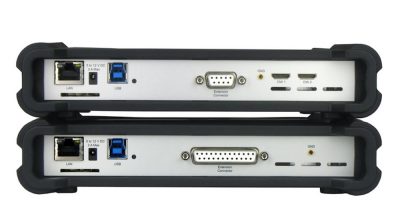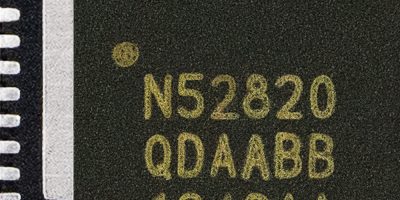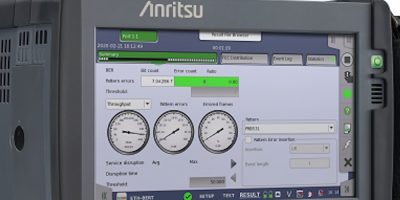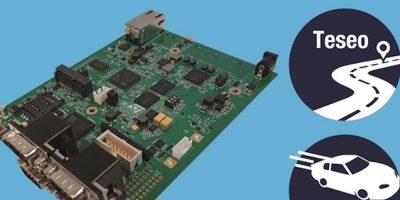Two differential WiFi oscilloscopes have been added to the WiFiScope series by TiePie. The high resolution WiFiScope WS6 Diff and WiFiScope WS4 Diff are everyday oscilloscopes, says the company, which can be used via an Ethernet connection (LAN, WiFi or WAN) and with a USB 2.0 / 3.0 connection.
They have a built-in battery which allows the WiFiScope the possibility to perform fully wireless differential measurements. Measurements can then be performed galvanically isolated and over long distances. The wireless, PC-based data acquisition instruments can be used for serial communication buses, switch mode power supplies, frequency converters and automotive measurements.
With a WAN connection, worldwide differential measurements can be performed. Specific knowledge on networks is not required, says TiePie. The Multi Channel software gives an overview of the available USB instruments and network instruments.
The differential WiFi oscilloscope provide fully wireless differential measurements via WiFi and mobile differential measurements (e.g. on transport systems and moving installations) are also possible. LAN and WAN data acquisition is available for long distance differential measurements.
The e.g. on transport systems and moving installations also provide continuous real time high speed data acquisition over both WiFi and LAN/WAN and USB differential measurements for standalone applications. High speed data acquisition is up to 200Msamples per second.
According to TiePie, the WiFiScope is so transparent that it appears that the Ethernet connected instrument is connected directly to the computer. All hardware and software functions of the oscilloscope, spectrum analyser, data logger and voltmeter remain available via the network.
The differential WiFi oscilloscope can now be used where previously it was difficult to place a complete measurement setup, says TiePie. The WiFi connections enable electrical, physical, mechanical and acoustic signals to now be measured remotely. With the WiFi oscilloscope, high speed real time continuous data acquisition rates of 5Msamples per second can be achieved with a resolution of 8- to 16-bits and, via LAN / WAN connections, high speed real time continuous data acquisition rates of 20Msamples per second can be achieved with a resolution of 8 to 16-bits. Via USB connections, high speed real time continuous data acquisition rates of 200Msamples per second can be achieved with a resolution of 8 to 16bits.
When combined with the free Multi Channel oscilloscope software, the WiFiScope WS4 Diff and WiFiScope WS6 Diff turn a PC into a high resolution differential oscilloscope, precision spectrum analyser, EMI pre compliance analyser, high performance multimeter, very fast differential data logger and comprehensive protocol analyser. The Multi Channel software allows the user to share data and analyse it without the need of an instrument. The software’s data analysis capabilities, via user configurable data processing I/O blocks, show the analysis results in graphs, tables and/or meter displays. Complicated instrument setups are no longer required as the Quick Setup accomplishes the measurement task in up to four mouse clicks from a selection dialogue that gives access to over 700 set ups, containing settings, example signals and background information on how to connect the instrument.
A software development kit (SDK) for writing PC-based data acquisition software is available, as well as examples in C, C++, C#, Python, Matlab, Node.js and Visual Basic.NET.







